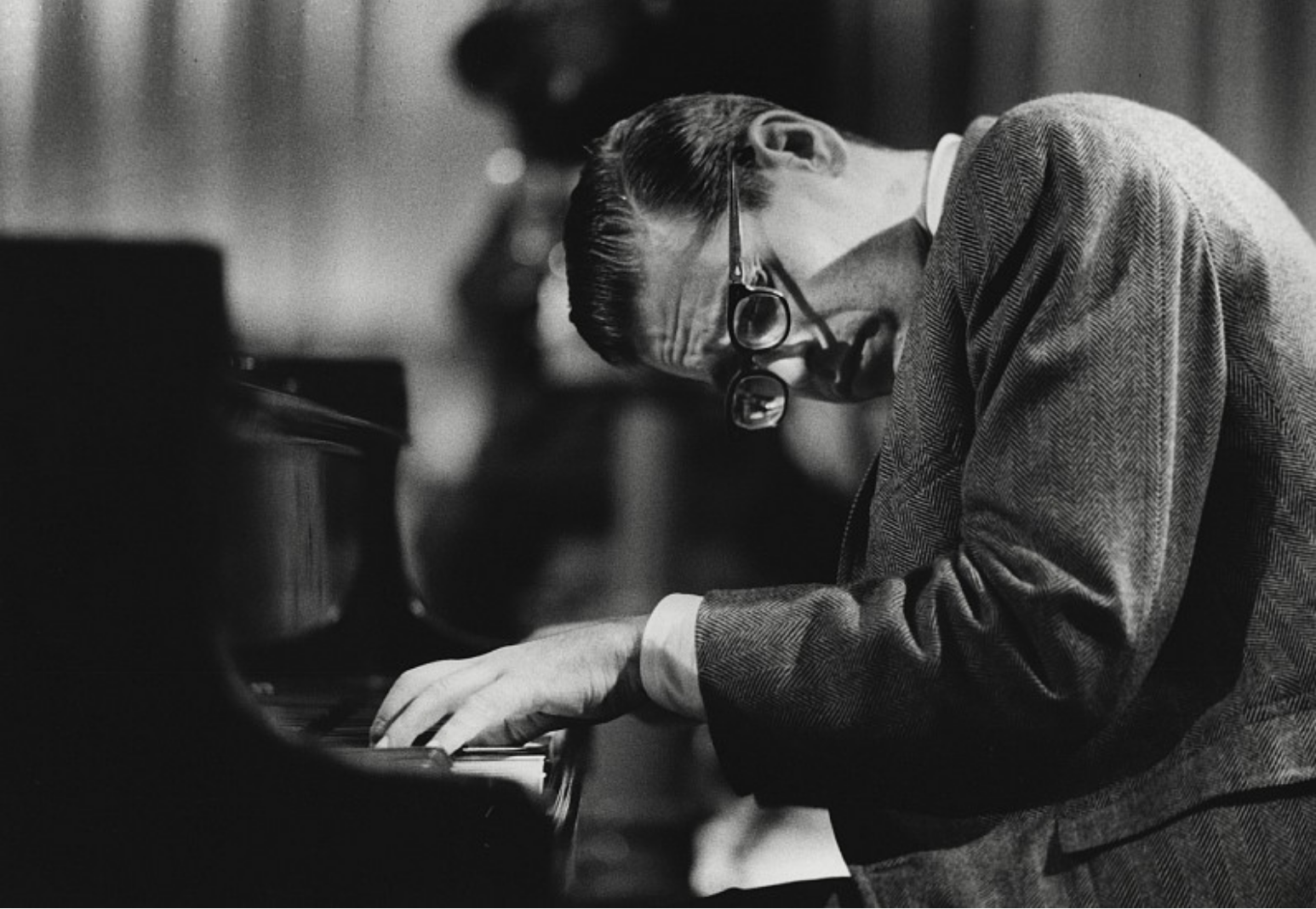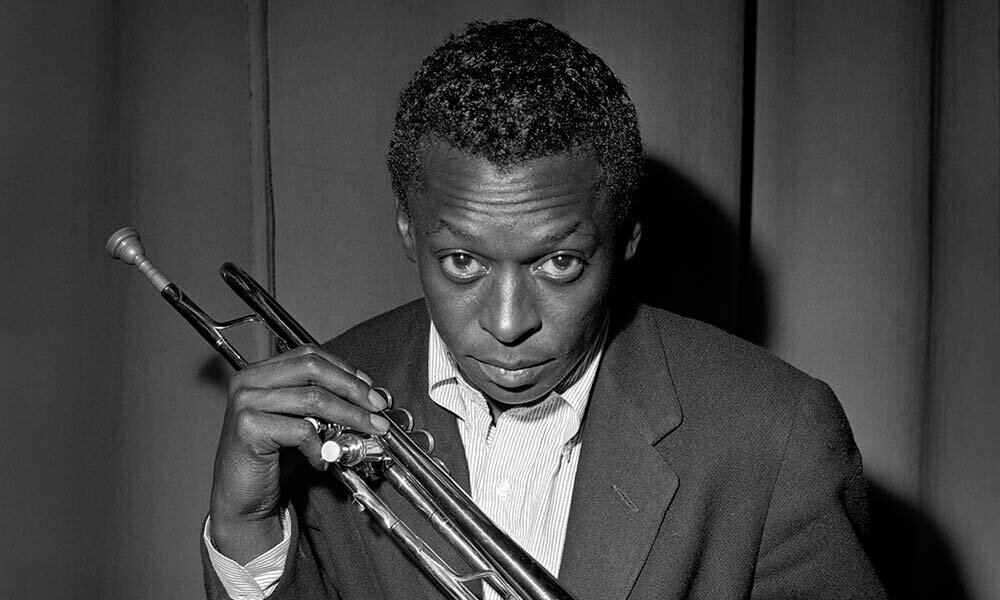Aspirational Analogies
I was chatting recently to a Young Person about her career. Frustrated with her employers’ intransigence, she was considering resignation.
I naturally urged caution. Over the years I’ve seen quite a few people walk away from good roles in a fit of pique, often without giving due attention to their next move.
And so I reached for a helpful analogy:
‘You shouldn’t finish with one boyfriend until you have another one lined up.’
The Young Person nodded slowly, clearly considering my wise counsel.
The next day she messaged me:
‘I’ve been thinking about what you said. It’s not right at all. You should just finish with a boyfriend if he’s the wrong guy, whether you’ve another partner waiting or not.’
Yes, of course. I’d been tripped up by my own metaphor.
The thing is I do like an analogy.
'Analogy, although it is not infallible, is yet that telescope of the mind by which it is marvellously assisted in the discovery of both physical and moral truth.’
Charles C Colton
Over the years I have encouraged Planners and Strategists to think of themselves as psychoanalysts, flaneurs and cavaliers; to channel Bette Davis, Miles Davis and Miss Jean Brodie; to reflect on Casandra, Medea and the Trojan Wars. I’ve asked them to consider wind tunnels, spinning ballerinas and silent discos; to contemplate ‘70s crew cuts, shaving in the dark and the freezer in my garden shed. I’ve suggested they behave like a dog rather than a pig, a fox rather than a hedgehog, a gardener rather than a mechanic. And more besides.
'It has been said that discovery consists in seeing an analogy which nobody had seen before.'
Arthur Koestler
I’m firmly of the view that creative people in any discipline can learn from the great practitioners of film and fashion, art, theatre, music and dance. I believe that there are universal life lessons that can be discerned from everyday encounters and experiences. I think that when we are confronting challenges at work, it is healthy to step outside the narrow confines of one’s particular circumstances – the cliched advice; the tried and tested responses; the conventional choices.
And so, yes, although I was wrong in this instance, I do find analogies helpful.
'Nor are we to recede from the analogy of Nature, which is wont to be simple and always consonant to itself.’
Isaac Newton
I read recently in the Times (3 March, Rhys Blakely) about a study carried out at the University of Essex (and published in the Journal of Sports Sciences). It suggests that a well-chosen analogy can instantly improve sporting performance by 3%.
The research looked at 20 footballers from the Tottenham Hotspur youth academy. Sometimes, before sprint drills, the coaches gave the teenagers ‘internal’ instructions that addressed particular body movements - ‘extend your hips’ or ‘drive your legs into the ground’ for instance. At other times they gave the players directions that focused on their ‘external’ environment – such as ‘accelerate like a jet plane’ or ‘jump up into the air as if the ground is hot.’
The academics found that ‘external’ analogies immediately boosted sprinting speeds over 20 meters by 3 per cent, an improvement that would normally require weeks of training. ‘Internal analogies’ on the other hand tended to prompt over-thinking.’
‘When they start to focus on their body, there’s a risk that you turn what should be an automatic process, something that’s done without thinking, into a non-automatic process - suddenly you’re impeding the execution of that movement…The key is to concentrate on the external environment, but to do it in such a way that biomechanic information is concealed in language that anyone can understand.’
Dr Jason Moran
Perhaps studies like this will encourage business leaders to set aside the corporate script; to expand their vocabulary and reach for more imaginative similes and metaphors; to inspire their colleagues with more lateral, thought-provoking illustrations and examples.
'Apt analogies are among the most formidable weapons of the rhetorician.'
Winston Churchill
And maybe, with the benefit of a few aspirational analogies, Spurs will win their first silverware for some time...
‘Whenever I’m lonely,
Whenever I want you near.
I use my imagination,
Then suddenly you appear.
Whenever I’m sad,
And feeling a little blue.
My imagination brings me,
Closer to you.
My imagination
Is the only way I’ll have you.’
The Supremes, ‘My Imagination’
No. 473










